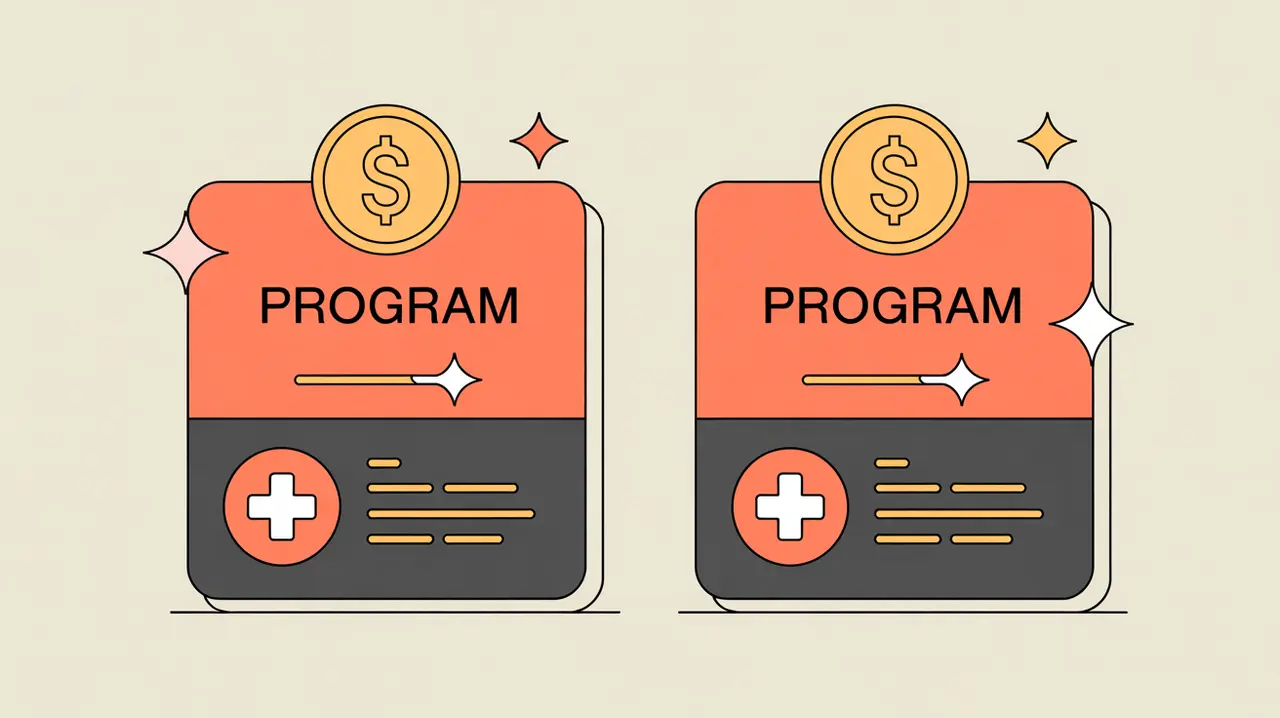Importance of Cost-Effectiveness / Economic Evaluation
Cost-effectiveness and economic evaluation examine whether the benefits of a program justify the resources invested. They matter because development and social innovation operate in environments of scarcity, where choices must be made about how to allocate limited funds. By comparing costs with outcomes, these evaluations help determine which interventions deliver the greatest value and where investments should be prioritized.
Definition and Features
Cost-effectiveness and economic evaluation are approaches that analyze the relationship between resources used and results achieved. Their defining features include:
- Resource Accounting – tracks direct and indirect costs of implementing a program.
- Outcome Comparison – relates costs to measurable results such as lives saved, jobs created, or literacy rates improved.
- Comparative Utility – allows decision-makers to weigh programs against alternatives.
- Different Approaches – includes cost-effectiveness analysis (CEA), cost–benefit analysis (CBA), and cost–utility analysis (CUA).
- Decision Support – informs resource allocation, scaling, and sustainability planning.
How this Works in Practice
In practice, a cost-effectiveness analysis might compare two maternal health programs to determine which saves more lives per dollar spent. A cost–benefit analysis could evaluate whether investments in early childhood education generate higher long-term earnings and reduced social costs. Cost–utility analysis might measure health interventions in terms of quality-adjusted life years (QALYs). Tools include economic modeling, financial records, and outcome data. Challenges include data availability, valuing intangible benefits, and accounting for long-term or systemic effects.
Implications for Social Innovation
Cost-effectiveness and economic evaluation enhance social innovation by linking impact with financial stewardship. For practitioners, they reveal whether strategies deliver results proportionate to their cost. For funders and policymakers, they provide the evidence needed to prioritize scarce resources for maximum return. These evaluations can help innovators design solutions that are transformative and financially sustainable.







